Trusted by:
Updated: November 13, 2025
17 min read
What Are Microcredentials? All You Need to Know
Microcredentials motivate learners, track progress and validate expertise in many fields. But what are microcredentials exactly and how can you use them at scale? Here’s everything you need to know—whether you're issuing ten or ten thousand.
The global market for microcredentials is projected to hit $117 billion by 2025. And more than half of higher education leaders already issue them for academic credit.
The trend speaks for itself—learners want targeted, on-demand skill recognition.
Institutions and employers need scalable ways to validate those skills. And microcredentials fill that space—connecting what learners gain with what the market demands.
This is what brings us to today’s question: What are microcredentials?
This guide explores how microcredentials work, what they are, what makes them valuable and how to create them efficiently.
We’ll also walk through when to use them and explore the most popular use cases across education, business and training.
As a digital credentialing platform, Certifier helps issue microcredentials, stackable badges and digital certificates with ease. No matter if you're starting fresh or upgrading your program, this guide will show you where to start (and how to scale).
Let’s start with the microcredentials definition.
TL;DR
Microcredentials are verified credentials that prove specific skills—used in education, corporate training and professional development.
They’re used to upskill learners, recognize achievements and support learning goals.
Digital microcredentials are stackable, shareable and easy to verify.
Certifier helps you design, deliver and automate digital microcredentials, badges and certificates—no manual work required.
What are microcredentials?
Microcredentials are skill-focused rewards for accomplishing learning programs that prove someone has mastered a specific area of expertise—whether it’s data visualization, engineering fundamentals or AI ethics.
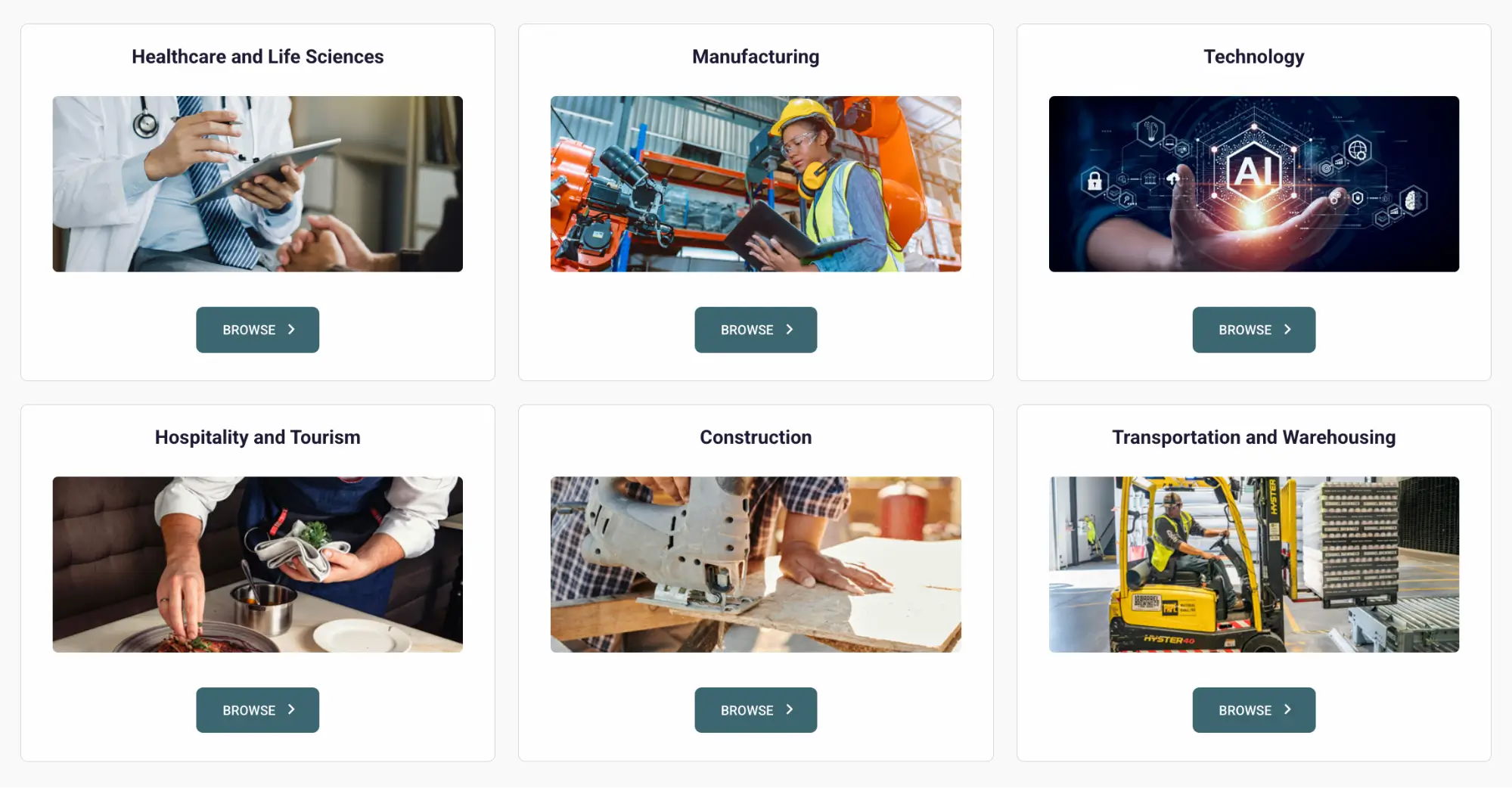
Unlike a full degree, a microcredential program takes just hours or weeks to complete. It builds job-ready skills—not credit hours—and gives learners targeted expertise that's in demand across industries.
Microcredentials are often delivered online, designed to be flexible and tailored to meet real-world career goals. For universities and course creators, they’re an effective way to offer high-quality education at scale—without the cost or time commitment of a full degree.
Are microcredentials worth it? Yes! For learners, they offer fast, focused skill-building. For educators and businesses, they bring flexible, verifiable recognition.
How do microcredentials differ from degrees, certificates and badges?
Let’s see how microcredentials differ from other credential types.
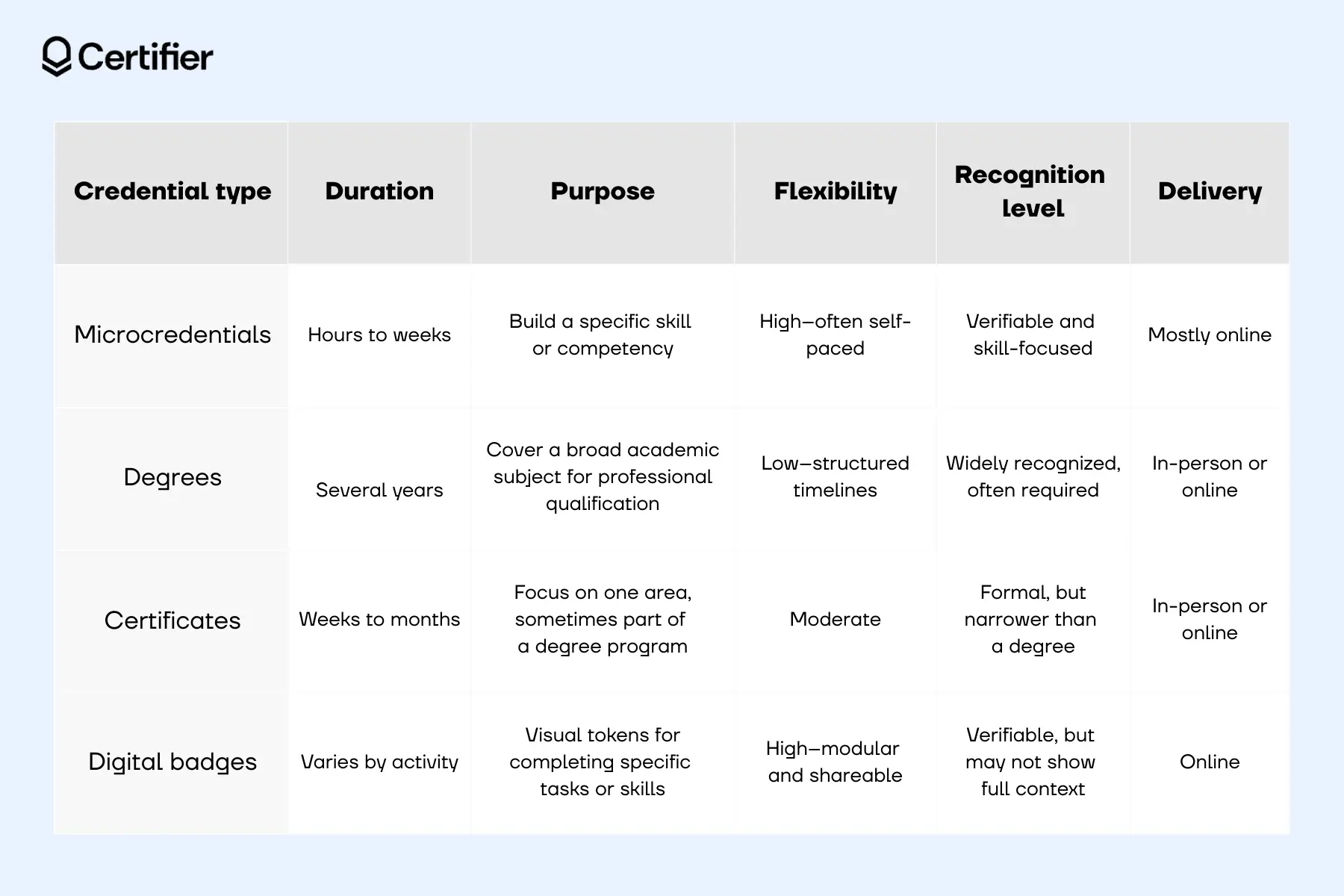
Microcredentials
Designed to teach a specific skill or competency in a short amount of time. These are ideal for students or professionals looking to gain new or advanced skills without committing to a full degree. Most are offered online and can be completed at your own pace.
Degrees
Take several years to complete and cover a broad academic subject. They’re often required for entry into certain professions but may not focus on emerging technologies or job-specific skills.
Certificates
Shorter programs that sit somewhere between a degree and a micro credential. Usually, they focus on a particular area (like teaching, engineering or sustainability) and are often part of formal degree programs.
Digital badges
These are visual, verifiable tokens of achievement. Badges show progress or skill completion. While badges are portable and shareable, they don’t always represent a full learning journey on their own. Read more about digital badges for recognition and achievement.
What are microcredentials used for?
Microcredentials are surprisingly versatile. They serve different roles depending on who’s issuing them—or earning them.
Microcredentials for learners
Microcredential issuers use these digital credentials to give learners a fast, verifiable way to prove skills. If you’re running a learning program, microcredentials offer a faster way to certify skills without waiting for a full degree.
For learners, that means:
Earning proof of in-demand skills in hours or days
Making career pivots without starting over
Gaining confidence in emerging tech and tools
Being able to add credentials to LinkedIn, CVs and digital portfolios
Most microcredential courses are offered online, learners can upskill at their own pace—around work, school or life.
Are you wondering what credential type to choose to motivate your students? See how digital badges work in higher education and decide what fits your program best.
Microcredentials for teachers
If you're running an online course, bootcamp or training program, microcredentials in education add tangible value to the learning experience. Whether you teach via self-paced modules or live classes, you can:
Offer stackable credentials that reflect progress
Recognize specific competencies or milestones
Improve learner motivation with shareable digital achievements
Microcredentials for businesses
In corporate learning environments, microcredentials can replace outdated training certificates and bring structure to internal development. L&D teams and HR departments use them to:
Verify specific, job-relevant skills employees gain through training or development
Certify completion of internal programs with skill-based credential
Make skill sets visible and verifiable across teams to support internal mobility
Promote continuous learning through modular credentials in areas like tech, healthcare or engineering
Idea: If you're exploring how to create a CPD course, microcredentials let you break complex topics into modular achievements that employees can complete at their own pace.
How to build a microcredential program? (step-by-step)
Some might say that a good microcredential program is nothing but shrinking a degree. That's not entirely true. A microcredential program should zoom in on a skill, package it smartly and make it verifiable.
Here’s how to do that—in a way that works for everyone.
01 Identify the target skills
Start by asking: What skill does someone walk away with—and can they use it immediately?
The best microcredentials validate specific competencies in a particular area, not general exposure. Instead of “Leadership,” try “Giving performance feedback” or “Running productive one-on-ones.” Instead of “Data Science,” try “Building regression models in Python.”
Where to look:
Job postings: What skills show up again and again?
Academic programs: Where can you supplement learning with hands-on application?
Internal teams: What skills matter in your company’s upskilling strategy?
Trends: Think emerging technologies like AI, digital marketing analytics or no-code tools.
If you’re unsure, build a pilot with 1–2 in-demand, verifiable outcomes. You can always scale from there.
02 Design the learning content
Microcredential courses are typically shorter than full classes, but they still need structure. Many creators treat them as mini learning experiences that combine depth with flexibility.
Suggestions:
Length: 5 to 30 hours of content is typical, but you will also find longer courses.
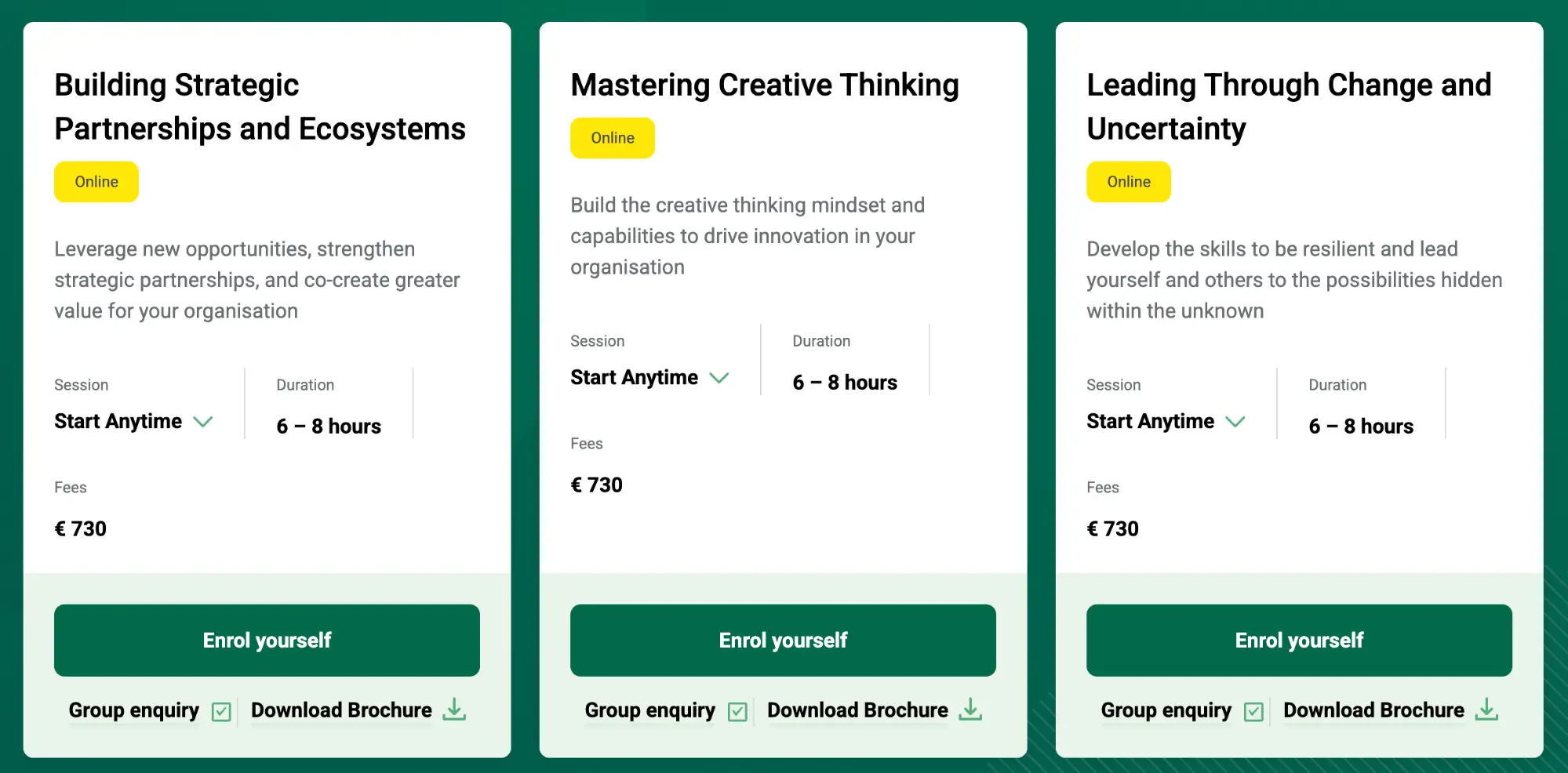
Format: Videos, readings, discussions, peer collaboration—mix it up.
Style: Modular is best. Break things into units that map to one clear outcome.
Tip: Make sure every module directly supports the skill you're validating—and skip long intros or filler lectures.
03 Choose your credential format
Not all learning needs the same kind of recognition. Choose a format that reflects the value and visibility you want for learners.
Digital badge: Perfect for short, skill-specific achievements. Easy to share on LinkedIn and ideal for modular, stackable credentials.
Digital certificate: Better for more formal completions—like finishing a workshop, passing a knowledge exam or completing a short program.
Both: Many organizations use badges as progress markers (per skill or module) and a certificate as a final credential.
Example:
A course on “Product Analytics for Marketers” could include:
A badge for completing the “SQL basics” module
A badge for completing “Interpreting funnel drop-off”
A certificate for finishing the entire course
04 Build in assessment
Microcredentials only carry weight if there’s proof of learning. Assessment doesn’t have to mean exams—but it does need to show that the learner met the objective.
You could use:
Short quizzes after each module
Peer-reviewed projects (e.g. portfolio submission)
Practical simulations (e.g. build a dashboard, write a PRD)
Final reflections with self-evaluation + instructor feedback

Bonus points if the learner produces something they can showcase (design mockup, writing sample, working prototype – just to name a few examples). It increases perceived value for employers—and makes the credential more credible.
Certifier lets you attach project files, external links or descriptions directly inside the credential digital wallet. The wallet is a secure place where your recipients’ credentials are stored.
05 Issue verifiable microcredentials using a reliable tool
Many programs stall: they design great content, but struggle to deliver and track credentials. That’s often because they’re not using a credentialing tool that supports the latest standards, like Open Badge 3.0.
Open Badge 3.0 is the latest version of the Open Badges standard—it’s the format for digital credentials. It uses cryptographic signatures and decentralized identifiers (DIDs) to make each badge tamper-proof and portable. They are independently verifiable as well.
For microcredential issuers, this means:
Credentials can be stored in digital wallets and shared across platforms
Employers and institutions can verify them instantly, without contacting the issuer
Badges include rich metadata like skills, evidence and alignment with frameworks
You’re issuing credentials that won’t break if your system changes
Certifier supports Open Badge 3.0, so you can issue standards-aligned microcredentials at scale—without the technical complexity.
Create and Send Digital Credentials
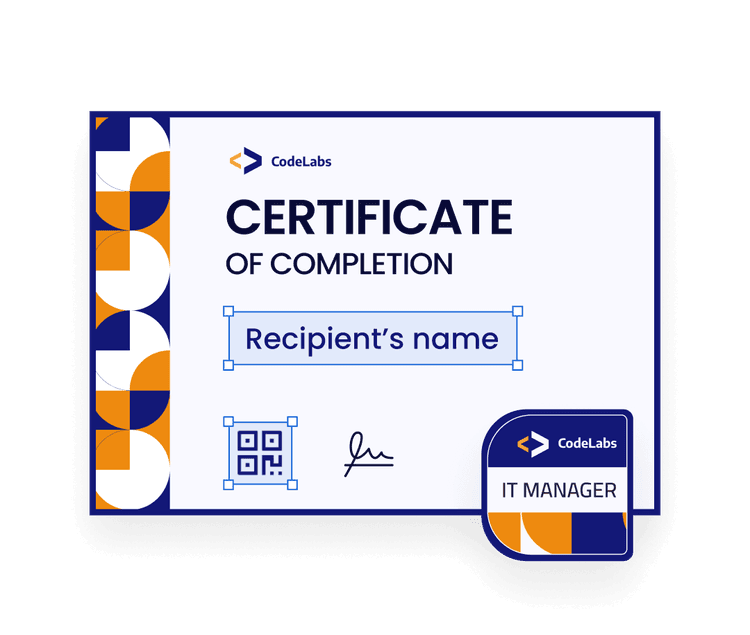
Why issue microcredentials digitally?
Microcredentials are only as useful as they are verifiable. If a skill can’t be trusted—or can’t be seen—it might as well not exist.
Digital microcredentials win. They look great on the screen, but they also work harder than a PDF ever could—for learners and for issuers.
They’re verifiable (and fraud-proof)
Paper certificates get lost. PDFs get copied. Screenshots don’t prove anything. Online microcredentials issued with a platform like Certifier are backed by Open Badge 3.0, the latest standard for digital credentials.
Every badge or certificate includes:
A unique ID
A scannable QR code
A verification link that confirms the credential is real and current (optional)
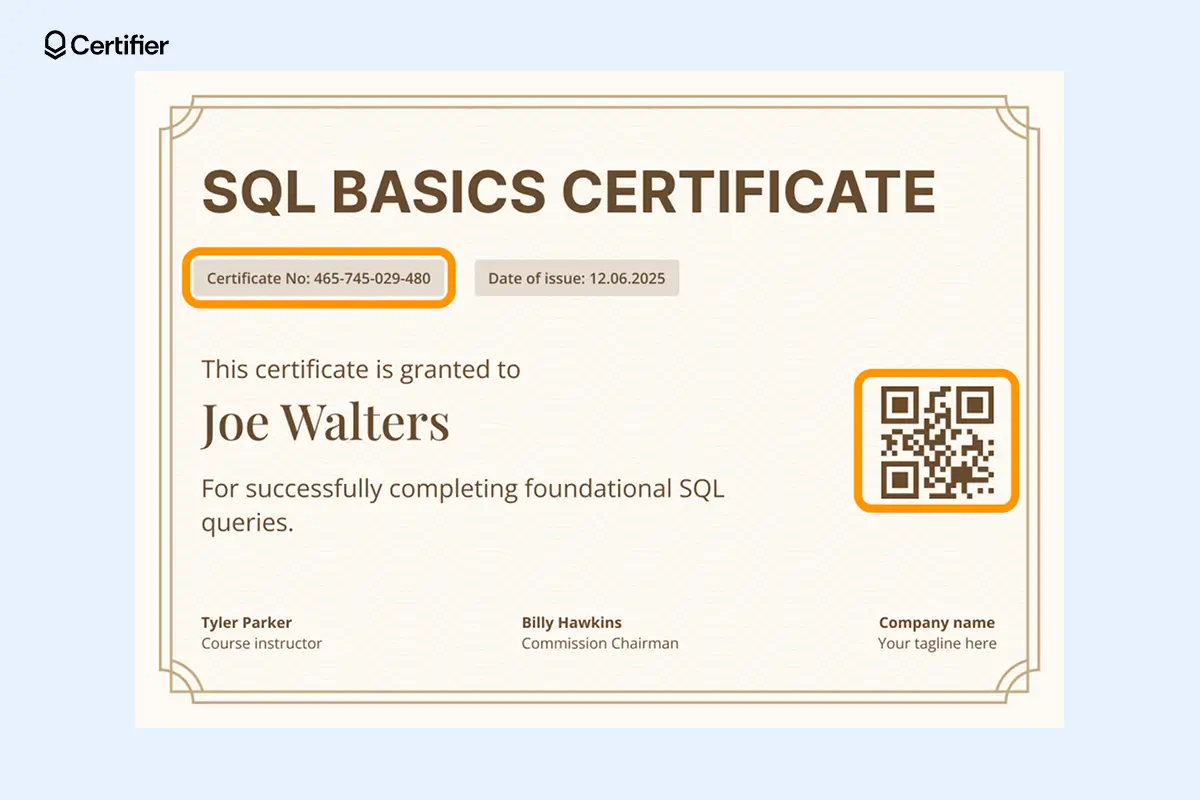
They’re shareable (everywhere it matters)
Microcredentials don’t sit in a drawer—they live where opportunity happens.
Learners can:
Add them to LinkedIn’s Licenses & Certifications section
Include them in email signatures or resumes
Post to social media (Certifier even lets you pre-fill captions and CTAs)
They scale (without breaking your systems)
Whether you’re an LMS provider, a university department or an event organizer with 3,000 attendees, issuing microcredentials manually can quickly become a nightmare. And let’s be honest: managing a folder of editable PDFs just doesn’t cut it anymore.
You can make it automatic:
Design once, use forever with templates
Bulk-issue credentials with personalized fields
Set up reminder emails, expiration dates and branded delivery flows
Upload learners via spreadsheet or connect to your LMS via API or Certifier integration with Zapier
But that’s not all—Certifier also integrates with other automation platforms like Pipedream, making it quick and easy to connect with any tools in your stack. Check out this video to see how it works in practice:
Real-world example: Issuing at scale
An event organizer running a multi-track virtual conference wants to award attendees for completing sessions. With Certifier, they:
Create different badges per track
Collect attendee data via a form or LMS
Bulk-issue branded microcredentials post-event
Let attendees share them online (which drives visibility for next year’s event)
Bonus: Certifier tracks how many people viewed, clicked and shared each badge—giving organizers insights into which sessions created the most engagement.
Automate issuing online microcredentials
At Certifier, we help institutions issue verifiable, stackable microcredentials in the form of digital certificates or badges. These credentials can be shared on LinkedIn, added to a digital portfolio or embedded directly into a résumé—all with a few clicks.
Please note: You don’t have to have designing skills to issue microcredentials. Certifier provides you with easy-to-use credential builder and many editable certificate and badge templates.
They are ready to use, fully customizable and can be issued in bulk—no matter if you're working in micro or macro.
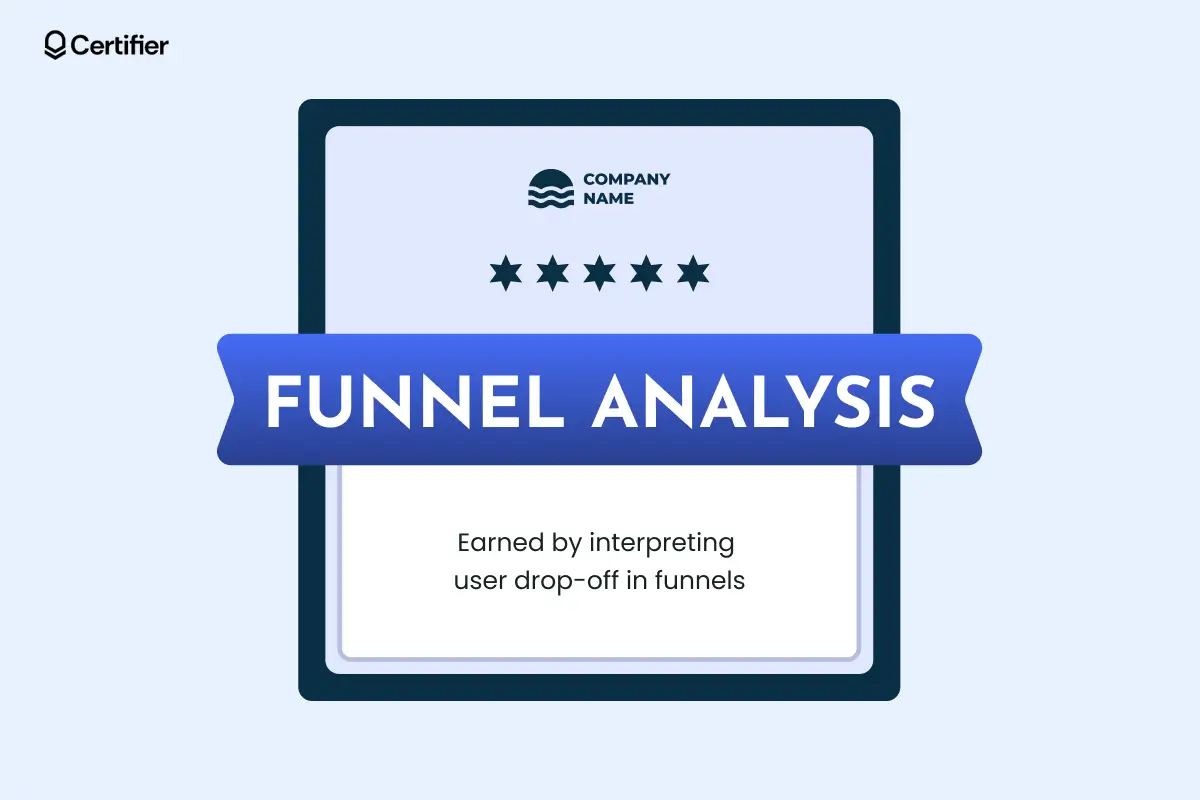
Moreover, you can group multiple microcredentials into a structured learning journey thanks to the pathway feature.
Learners can earn a badge for each step and once they complete the full sequence, they’re awarded a final credential—all automatically. Certifier will issue a final credential as proof of completing the entire pathway.
Here’s how Pathways make your microcredential program stronger:
Learners feel motivated—progress bars show learners how close they are to the next milestone
It’s easy to track progress—issuers see completion data, drop-off points and success rates in the dashboard
Issuing happens automatically—no need to manually issue final certificates—Certifier handles it
It’s great for modular training or level-based skills bundled courses or diploma or certification program.
Use microcredentials in your course—it’s fast & easy
Microcredentials are likely the new currency of skills—fast, flexible and built for the real world. With Certifier, it takes minutes to issue proof that actually gets noticed.
Sign up for Certifier to power up your next course or event with microcredentials that will keep everyone talk about you.
FAQ on microcredentials
Go through the answers to the most common questions and learn more about the microcredentials definition, why online microcredentials are better and more.



